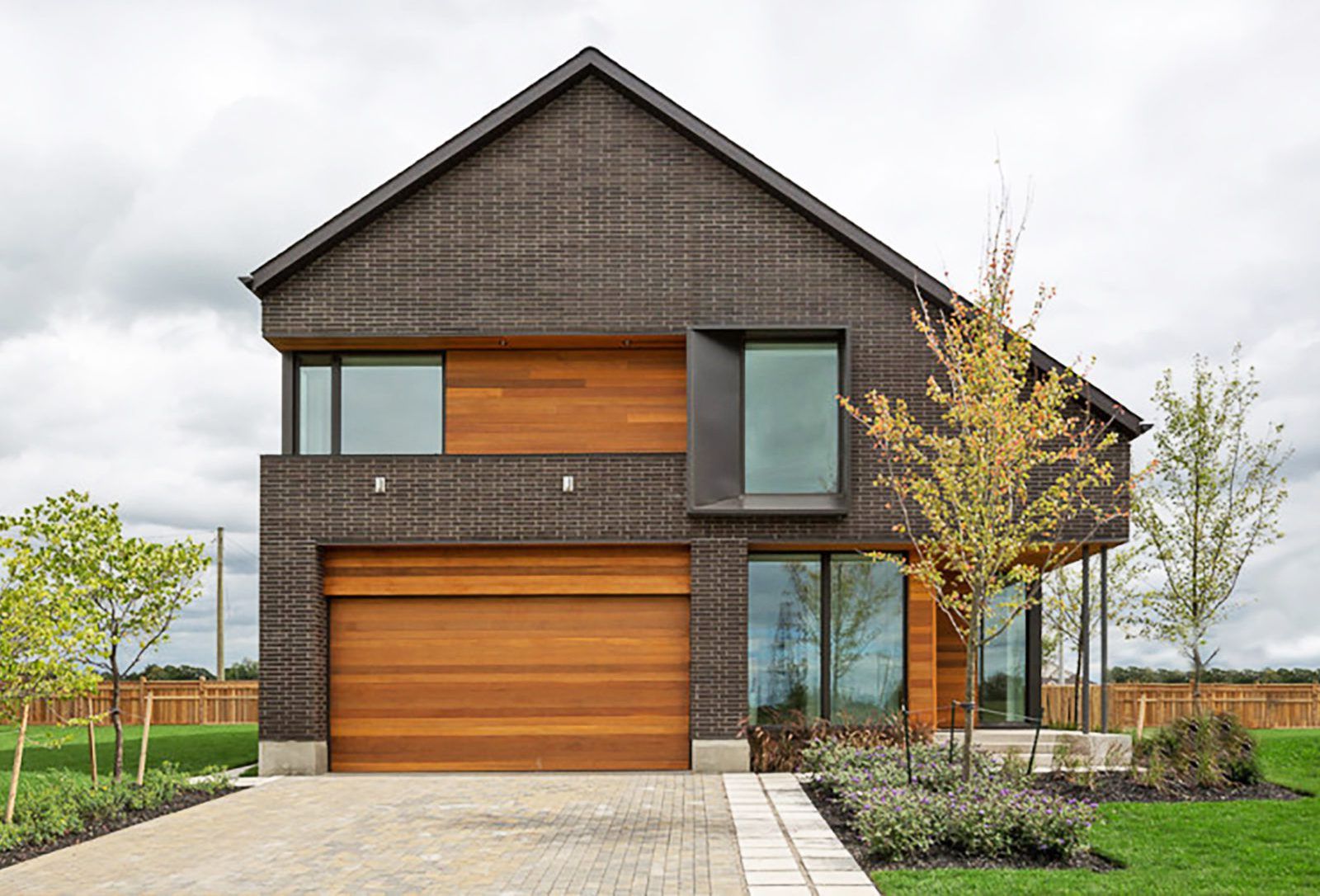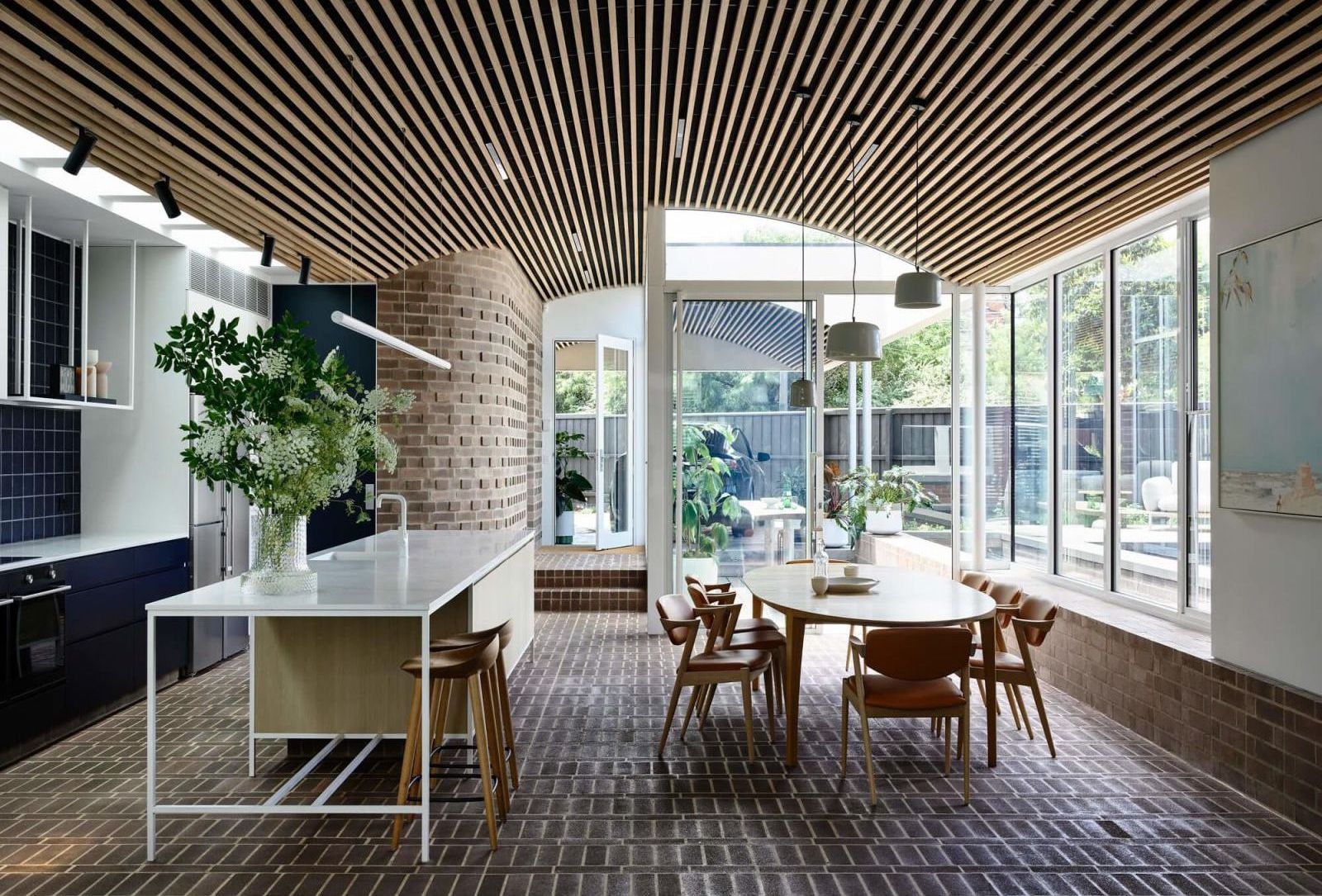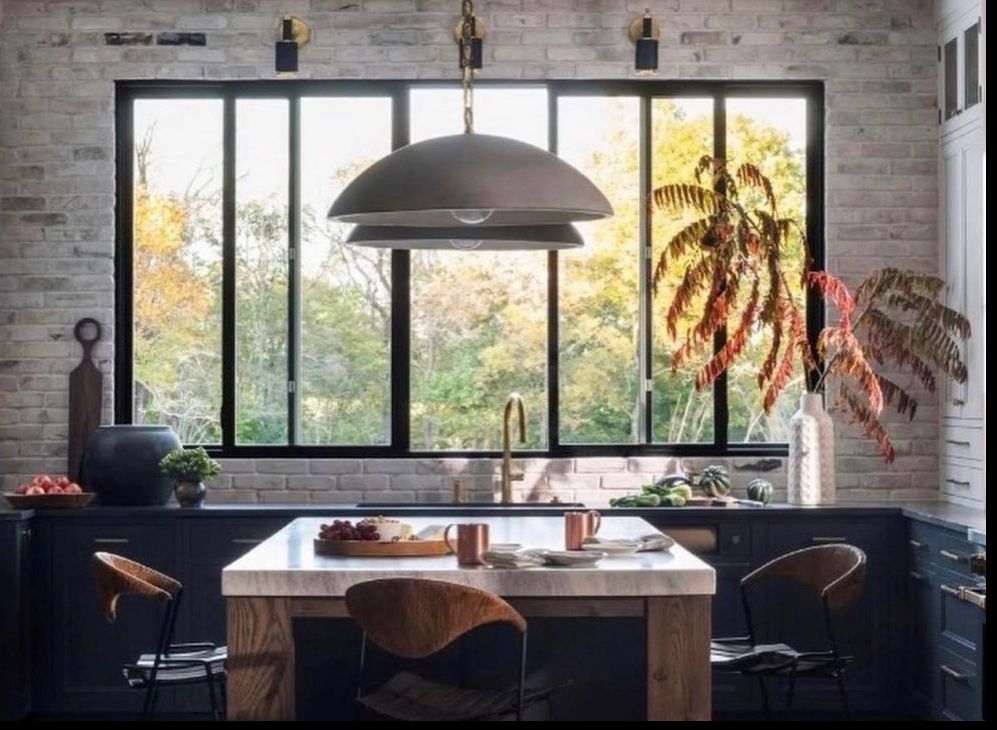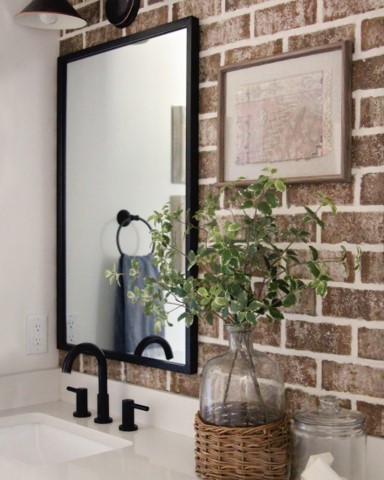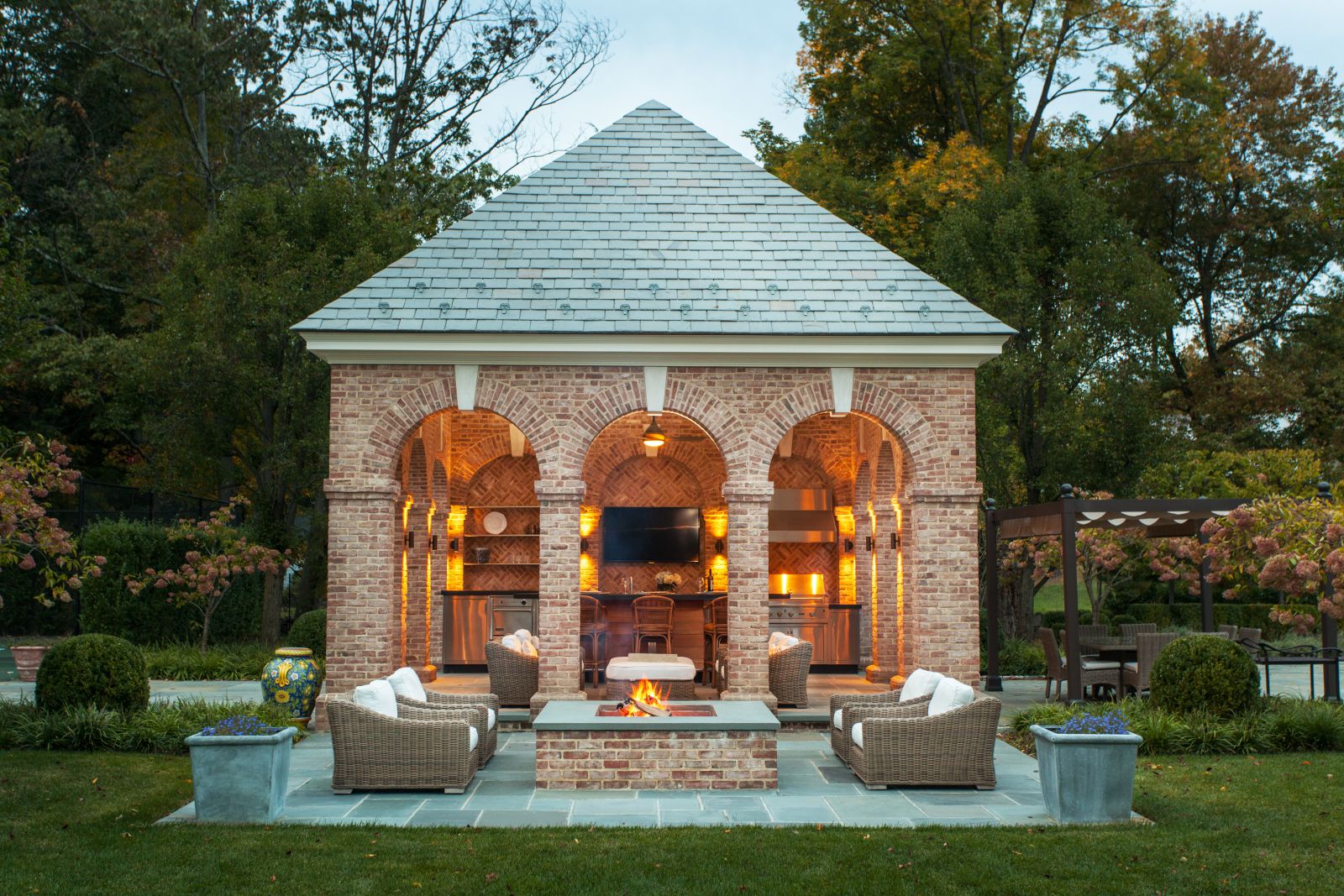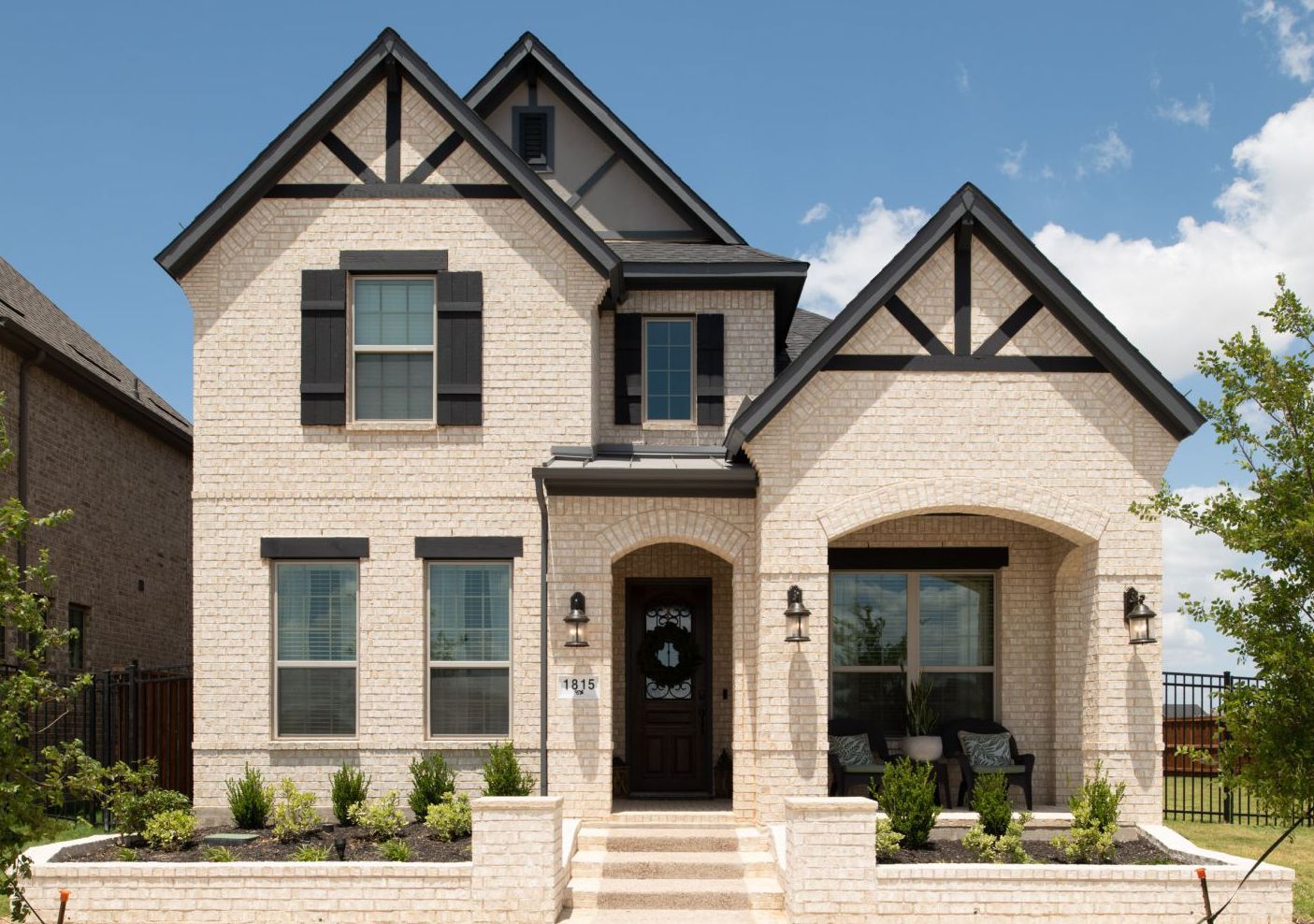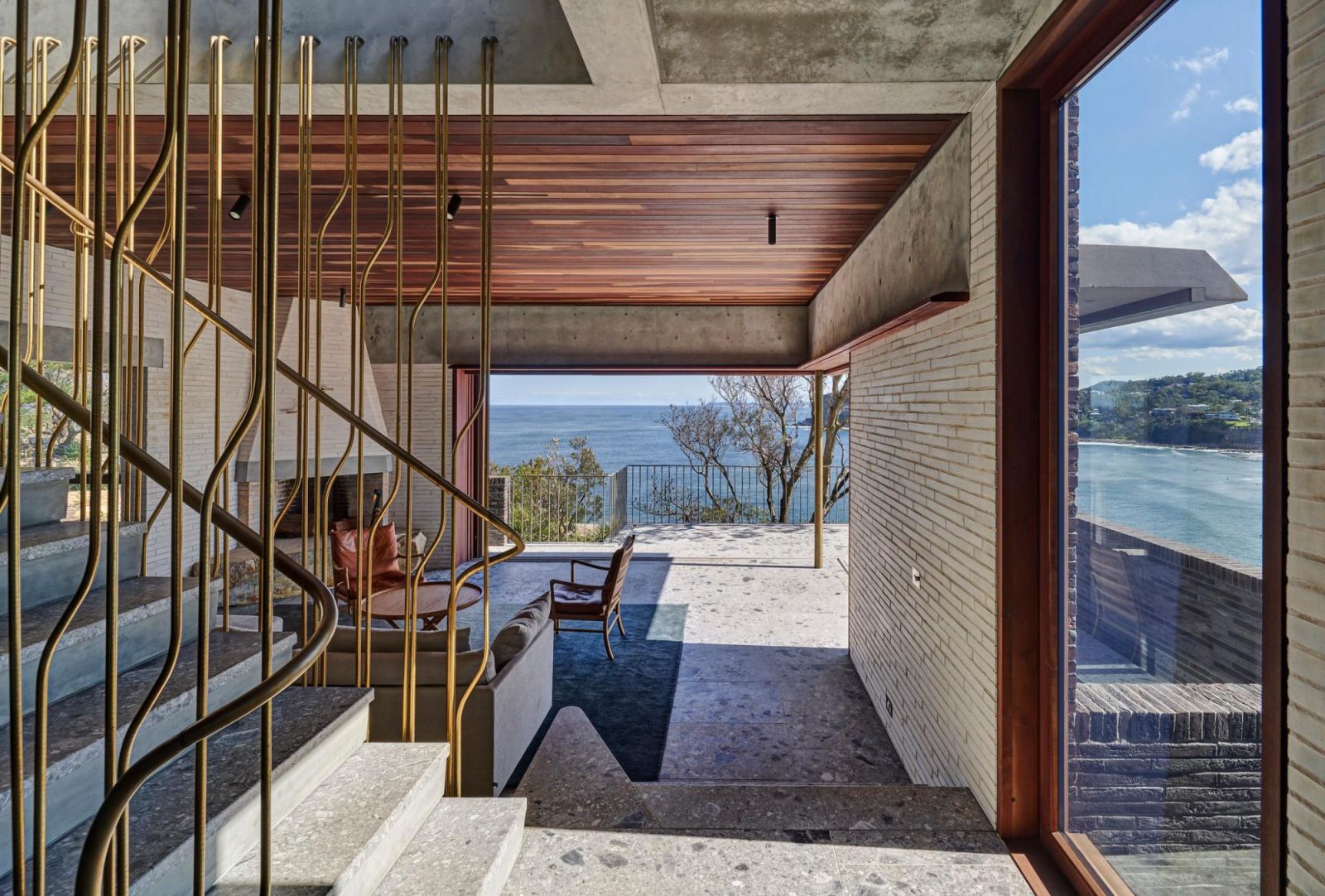Residential Information
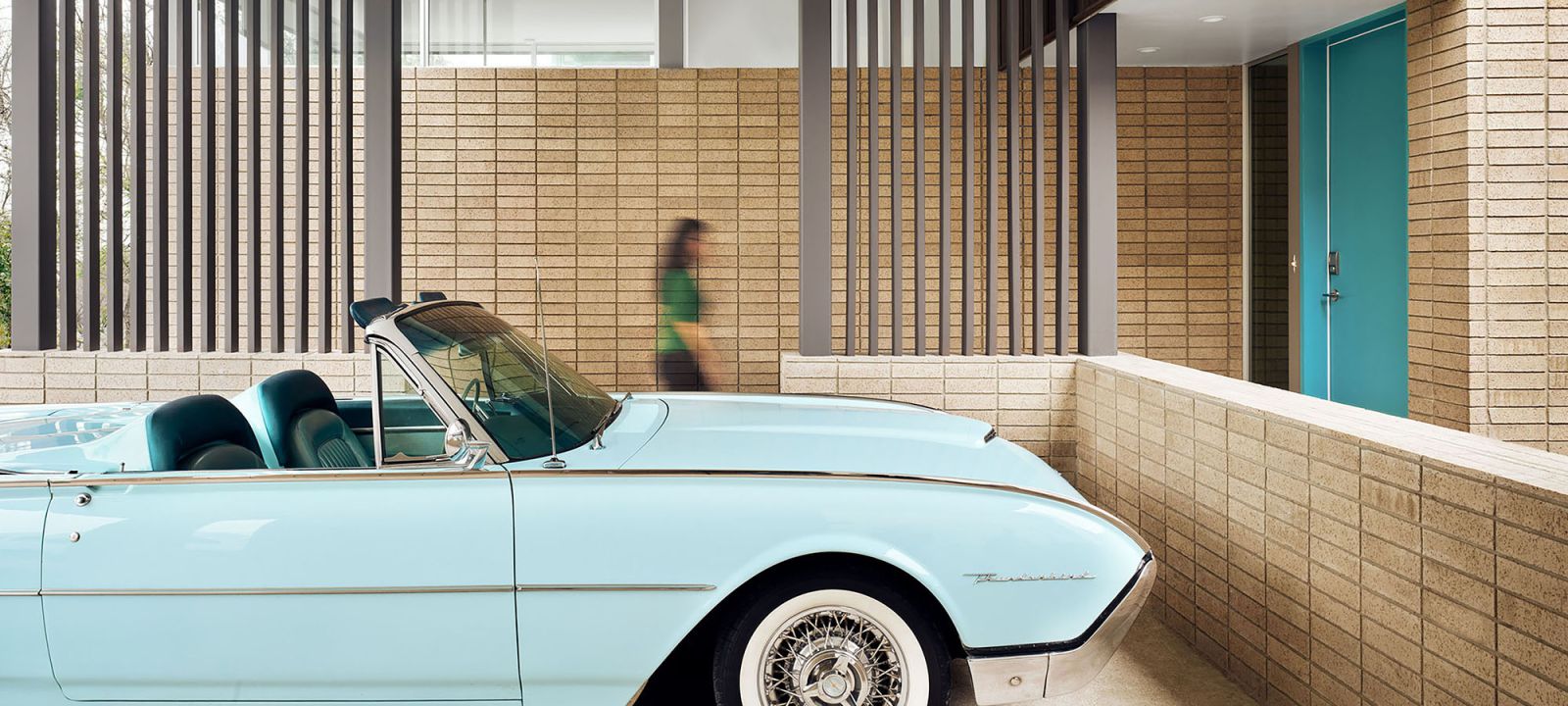
Design Your Legacy With Brick
Learn why more homeowners are choosing brick for new builds and renovations.
Lowest Maintenance
Virtually no maintenance needed for decades.
Great Investment
On average, brick homes have higher re-sale values with lower insurance rates.
Unlimited Design Possibilities
From ceilings to floors and everything in-between, brick can transform your home inside and out.
Built To Withstand The Elements
Brick provides an unbeatable fire rating and offers the best storm protection.
Residential Cladding Cost Comparison Calculator
Our RSMeans powered Cladding Cost Comparison Calculator compares the estimated cost of a four-sided brick home to vinyl, fiber cement, stucco, stone, and wood by zip code and on a national level.
Mortgage Cost Comparison Calculator
Our Mortgage Cost Calculator is ideal for those who have loan terms in mind and want to compare an estimated monthly mortgage payment of a four-sided brick home to vinyl, fiber cement, stucco, stone, or wood.
Brick Is More Than Just A Pretty Façade
Brick is proven to withstand the test of time, unlike other cladding.
Save your time and money on maintenance and repairs other siding regularly requires.
Learn how brick stacks up to vinyl, stucco, fiber cement, and more.
Contact Us
We are ready to help you design your next project, or simply answer any questions you may have.
